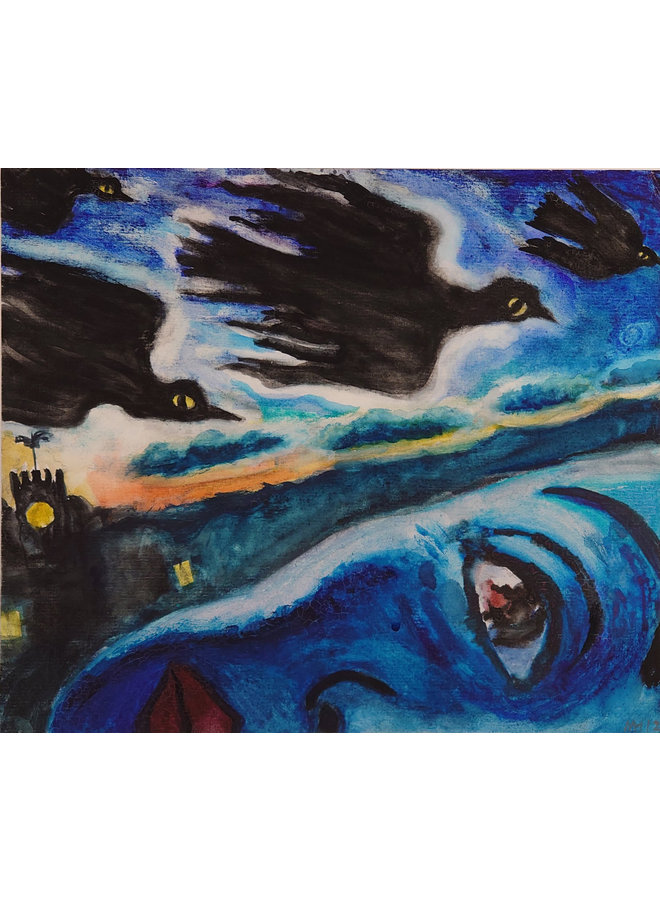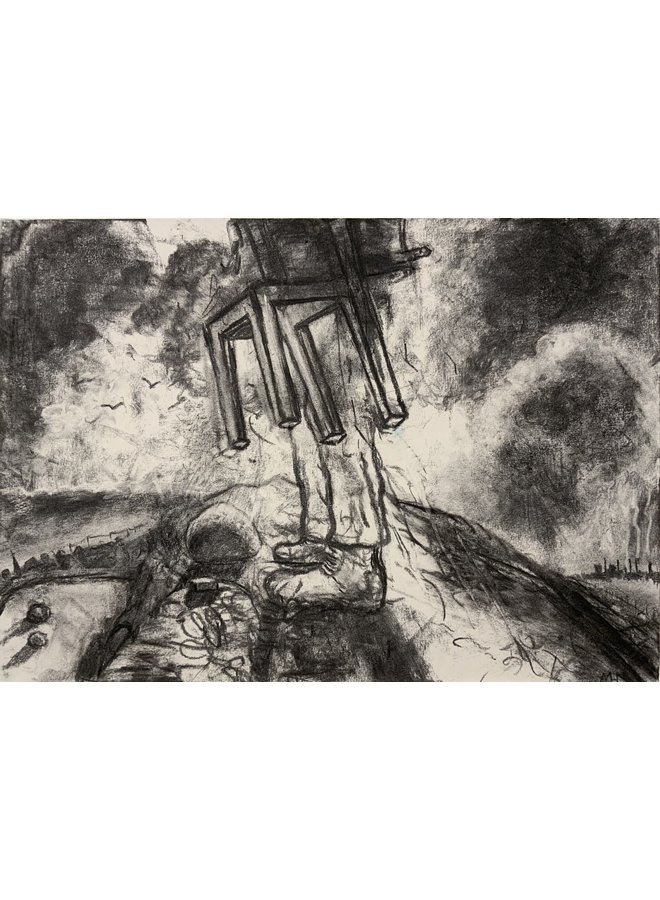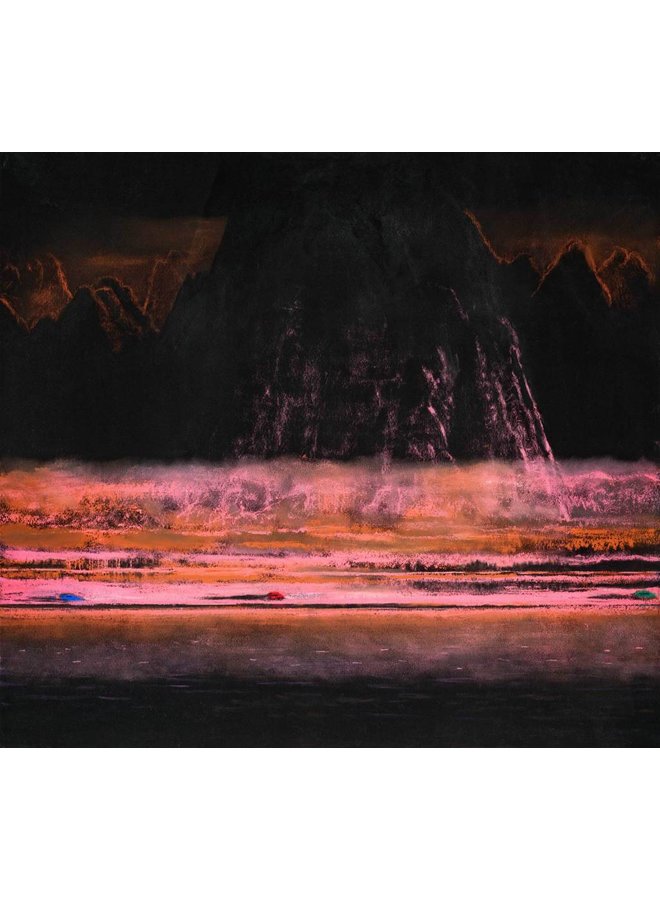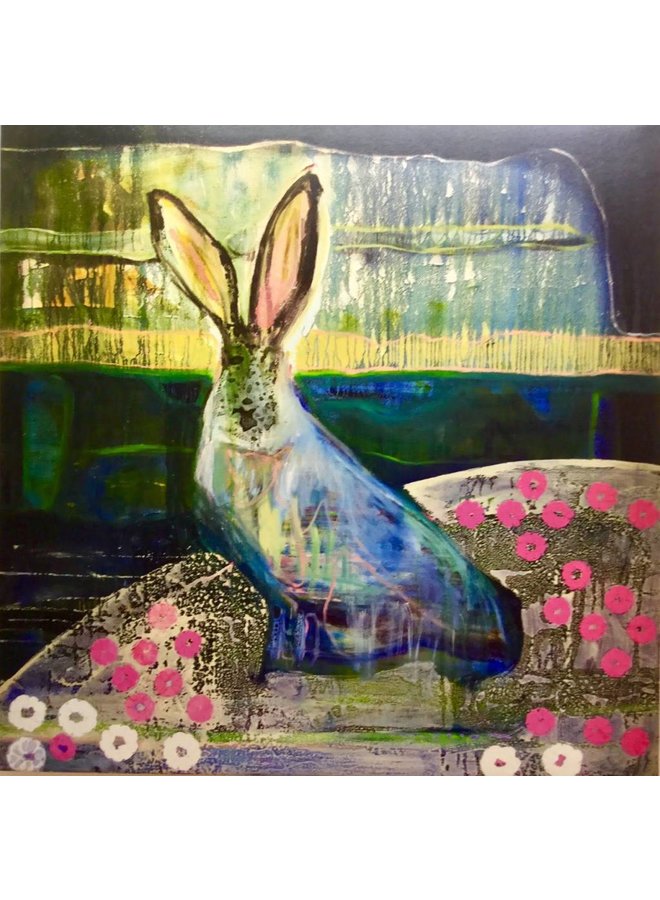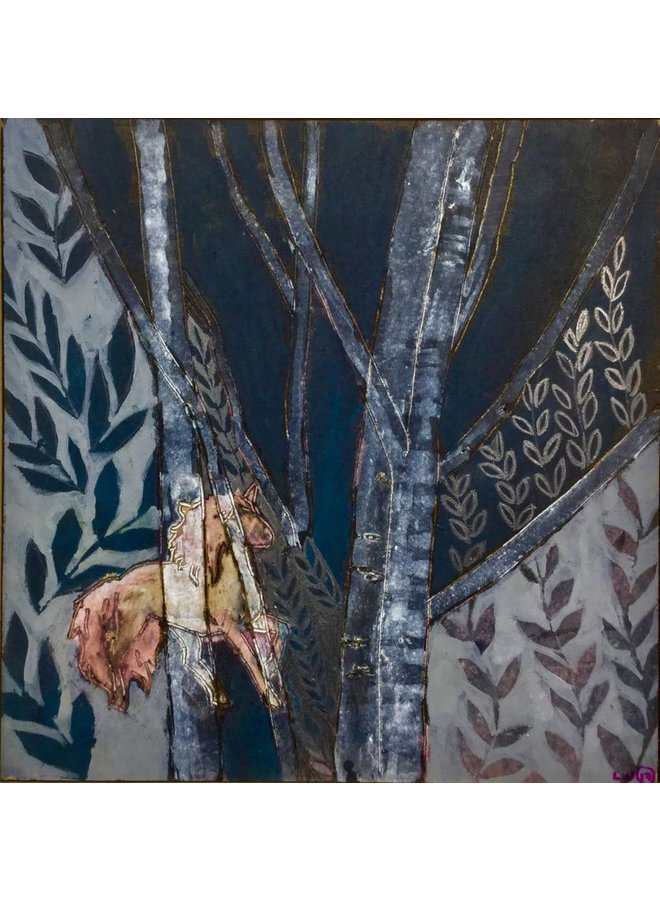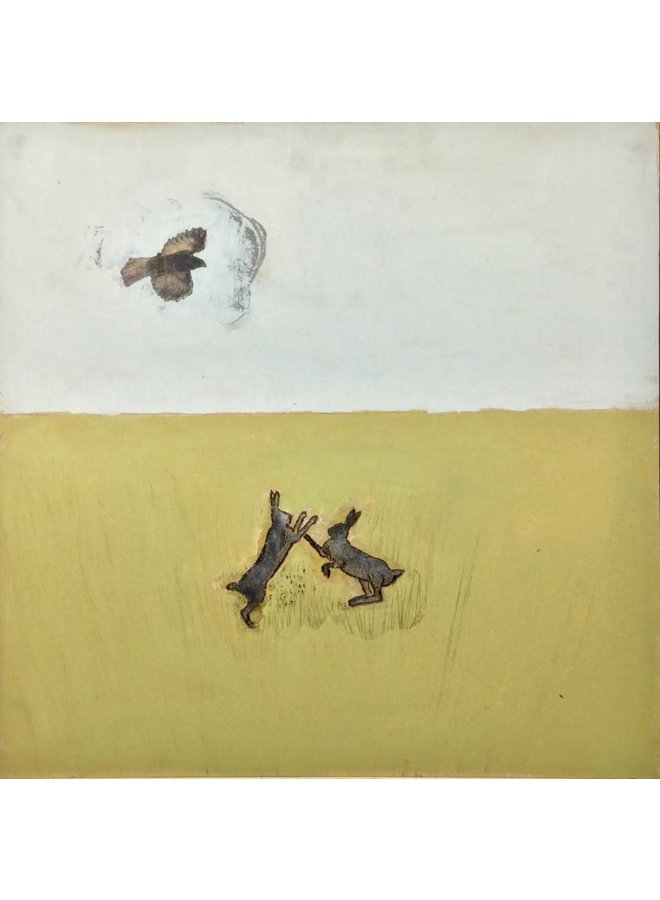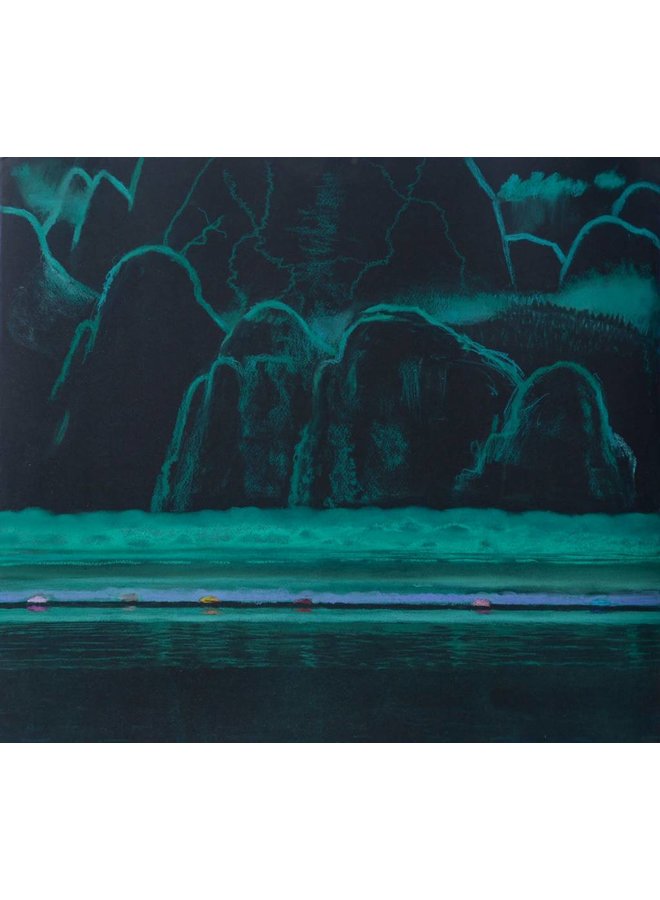Expressionism
Emerging as a movement in the early 20th Century, Expressionist painting presents reality in a transformed, heightened way. It seeks to depict the subjective inner feelings of the artist and their view of the world. Shapes may appear distorted and colours exaggerated or transposed, in order to engage and communicate with the viewer on an emotional as well as an intellectual or rational level.
While initially associated with German schools of painting of the 1910s and 1920s (der Blaue Reiter, Die Brücke) the term ‘expressionist’ has since been applied to many other artists working in diverse styles. In postwar America, Abstract Expressionist painters such as Jackson Pollock and Helen Franckenthaler experimented with new ways of painting, such as dripping and pouring paint onto canvases that were laid flat on the floor. In the 1980s, neo-expressionism revived the American and European art world’s interest in painting as a medium, revelling in large canvases and raw brushstrokes in reaction to the dominance of austere conceptual and minimalist art.
Whatever the style or technique of execution, expressionist painting seeks to transport the viewer. Many expressionists have been profoundly influenced by music, whether it be Kandinsky’s interest in the relationship between colour and sound, or Jean-Michel Basquiat’s engagement with jazz, bebop and rap.



